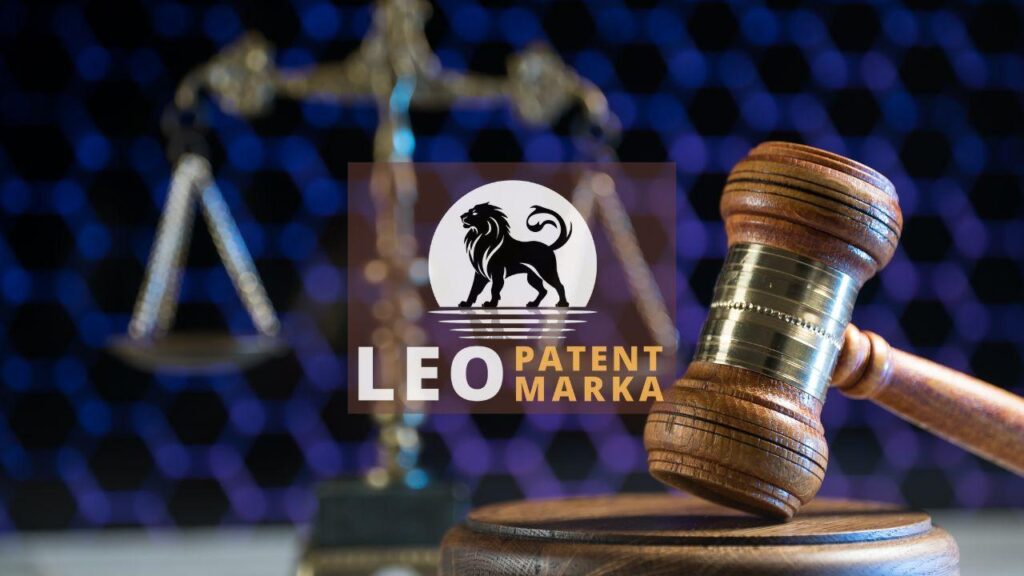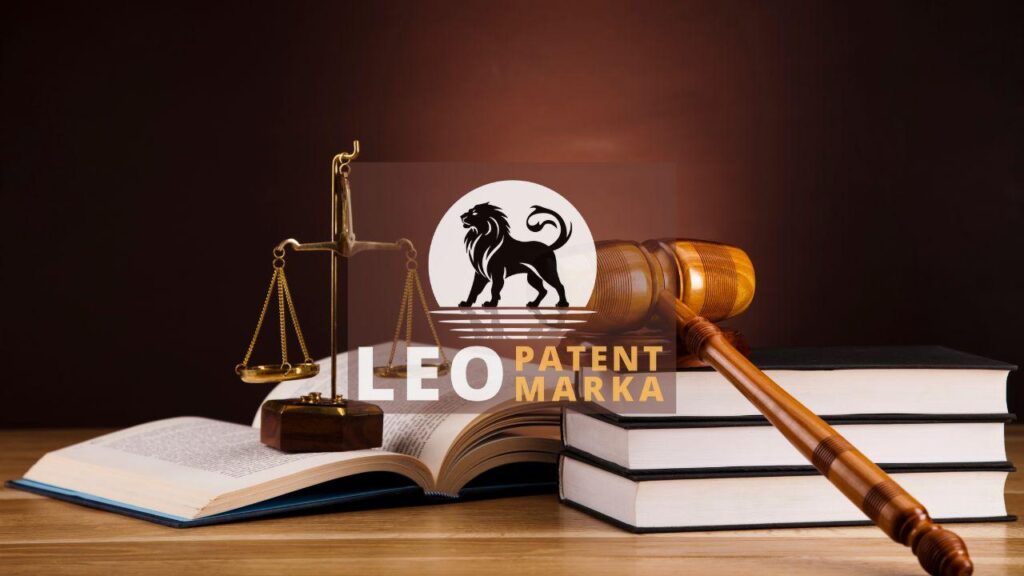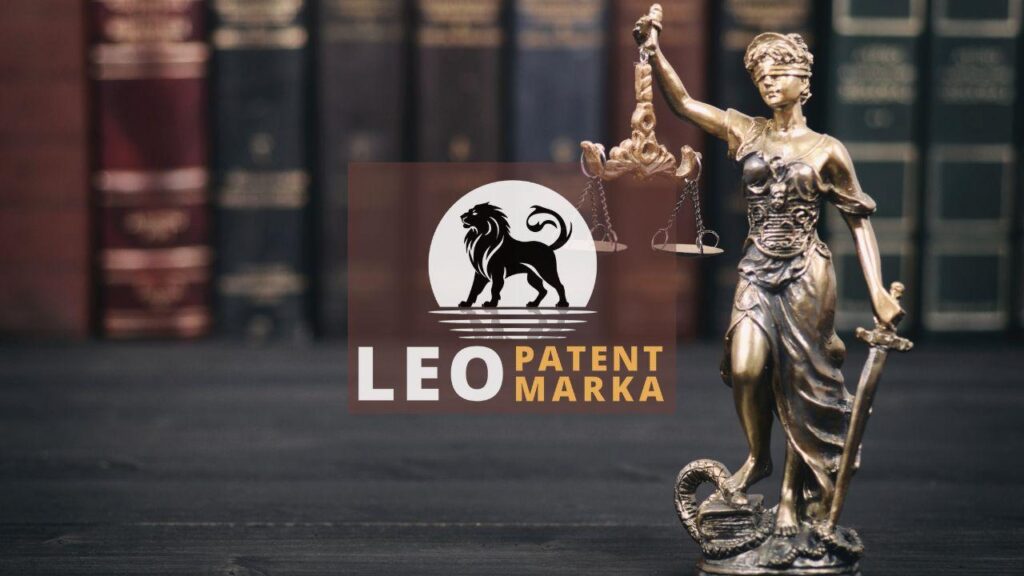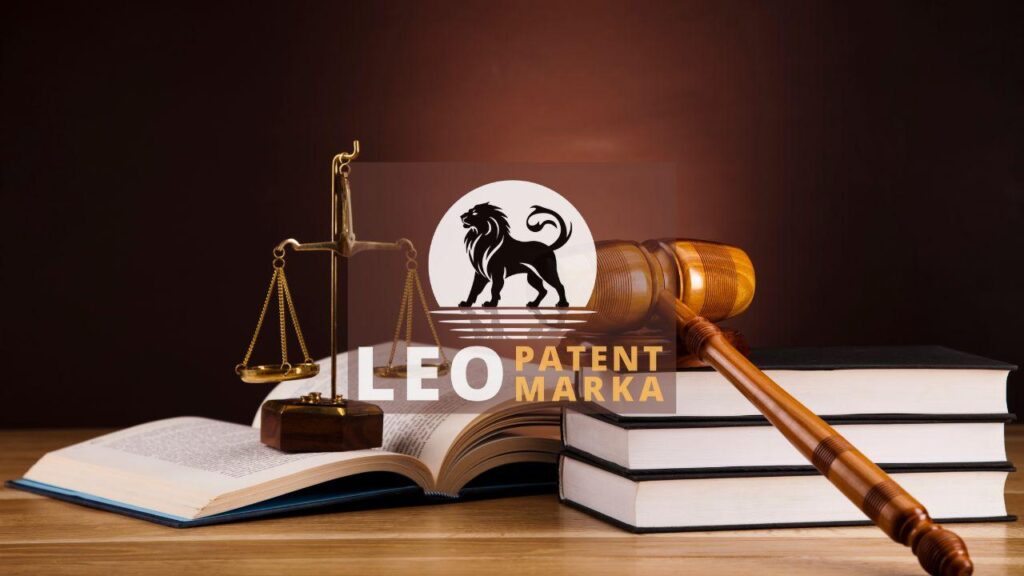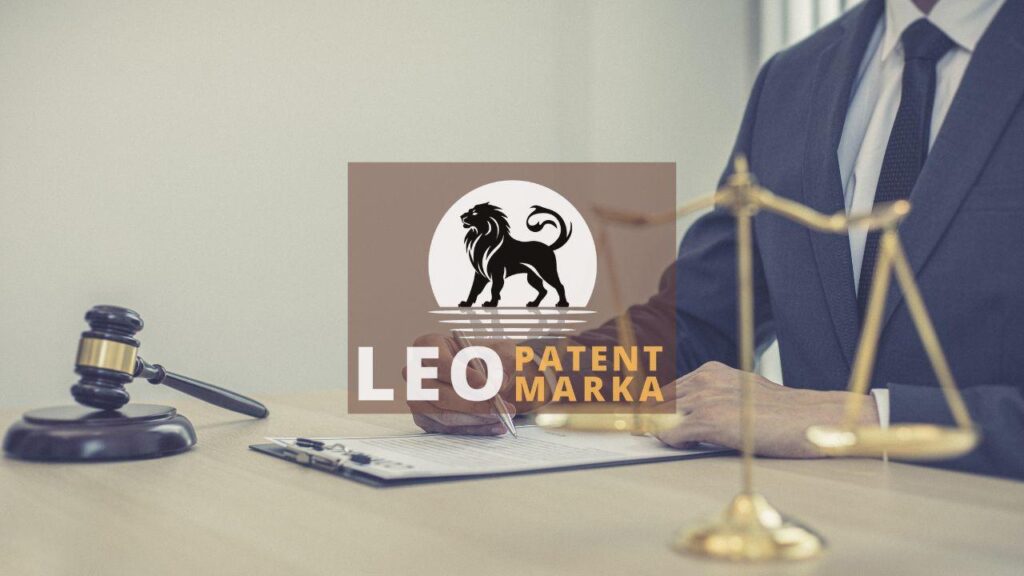What exactly sets a design patent apart from copyright? Dive into the design patent vs copyright dialogue, and these tangled concepts of intellectual property types start to unravel. A design patent guards a product’s ornamental design, whereas copyright wraps its protective arms around original works of authorship such as art or literature. While you might think of design patents as the guardians of the visual appeal of tangible items, copyright basics zero in on creative expression. The difference between design patent and copyright is profound yet often misunderstood. Think of a design patent as the knight defending a castle’s facade, while copyright is more like the scribe, documenting the tales and tunes of yore. They serve similar, yet distinct roles in shielding creations under the ever-watchful umbrella of intellectual property. So, is your creation a fortress, or is it a story? Understanding these distinctions can save time and safeguard innovations.
Understanding the Legal Distinctions Between Design Patents and Copyrights
When diving into the legal distinctions, understanding design patent vs copyright is crucial. Design patents focus on protecting a product’s aesthetic wonders, the tangible beauty that catches the eye. Picture it as a shield crafted specifically for the unique appearance of a manufactured item. In contrast, copyright basics blanket the intangible realm of creative endeavors, guarding them against unauthorized use. This protection extends to intellectual property types like books, movies, and music, each treasured for their narratives and harmonies. The difference between design patent and copyright lies in the specifics of what they safeguard. Knowing these can be the compass navigating your journey through the murky waters of intellectual property. Appropriately leveraging these distinctions can elevate your journey from mere survival to a thriving adventure in the competitive world of innovation. It’s not just about what you create, but how you choose to protect it.
Delving deeper into the design patent vs copyright conversation, the nuances become clearer. A design patent guards the visual essence of an object, providing a detailed blueprint of its aesthetic value. It’s the fine line between a generic gadget and one that captivates with its distinctive appearance. Meanwhile, copyright basics envelop the landscape of intellectual property types that tell stories, provoke emotion, and inspire thought—think manuscripts, films, melodies. The difference between design patent and copyright isn’t just academic; it’s a practical guide to safeguarding the lifeblood of innovation. Imagine design patents as the artists crafting beautiful sculptures, while copyrights honor the creative geniuses spinning tales from thin air. Deciphering these legal layers allows inventors and creators to shield their brainchildren from the storm of unauthorized use, ensuring their work embodies their unique vision for generations to come.
Understanding the legal distinctions between design patents and copyrights is like threading a needle through layers of protection. A design patent is your trusted ally when your creation boasts distinct visual artistry—it’s the armor that guards an object’s striking look from being mirrored elsewhere. It stands tall, focusing on the precise, ornamental aspects of a tangible item. On the flip side, copyright basics revolve around safeguarding the heart and soul of creative works, paving the path for works like novels and songs to flourish undisturbed by unauthorized hands. The difference between design patent and copyright is not just in theory but essential in practice, setting boundaries in the bustling realm of innovation. Navigating these intellectual property types with a clear lens allows creators to carve out a niche for their art or design, ensuring their ingenuity stays as vivid and unmatched as their initial vision.
The Implications of Each Intellectual Property Type for Creators
Creators often find themselves at a crossroads when pondering intellectual property types and what they mean for their work. On one hand, design patent vs copyright involves deciding how to shield an artistic vision or an innovation’s appearance. A design patent is like a solid wall, providing its unique protection for up to 15 years, defending elements like shape and configuration. However, copyright basics lean towards safeguarding the written word, music, or art for the creator’s lifetime plus 70 years. The difference between design patent and copyright can affect how you navigate the creative journey. Possessing a design patent means your ornamental novelty is untouchable, but copyright ensures your expressive works remain your own. Understanding these distinctions within intellectual property types is critical; it keeps creators aware, prepared, and empowered to defend their masterpieces from potential claim jumpers. Navigating this landscape with knowledge can help creators utilize every layer of protection available.
Understanding the implications of design patent vs copyright is crucial for creators navigating the creative process. Each intellectual property type offers its unique shield, determining how creators protect their work and maximize its potential. For instance, securing a design patent ensures your product’s visual elements are guarded, making it harder for copycats to mimic your distinctive design. Think of it as laying down a law that no one dares to break. On the flip side, copyright basics secure creative expressions like literature or art, allowing creators to hold exclusive rights to reproduce or distribute their work. Choosing the right form matters because the difference between design patent and copyright defines the boundary lines of protection. Creators should carefully evaluate each aspect to align with their goals, whether safeguarding ornamental novelty or exclusive expression. Selecting the best-suited intellectual property type can make a world of difference in protecting your creative empire.
Exploring design patent vs copyright is like choosing between two paths guarding your creative wilderness. A design patent explanation reveals that it defends the visual allure of your invention, offering protection from imitation. But in the tapestry of intellectual property types, where does copyright sit? It offers a broader canopy, sheltering the soul of your work—be it a book, painting, or song. The difference between design patent and copyright extends beyond what they protect; it influences how you share your creativity. Copyright basics mean a landscape of exclusive rights, enabling creators to manage how their original ideas traverse the world. While design patents erect walls against visual cloning, copyright provides a fortress for expression. The implications of these choices resonate through your creative endeavors. Selecting wisely between the two ensures that your artistic journey remains not only secure but also aligned with your aspirations of originality and legacy.
Navigating the Application Process for Design Patents and Copyrights
Stepping into the realm of intellectual property types, navigating the application process for both design patents and copyrights is like walking two different paths shaded by unique rules. On one hand, the design patent process lays down a road of intricacies. It demands detailed drawings showcasing every curve and line of your product’s ornamental charm, underpinned by technical descriptions that leave no room for ambiguity. In contrast, the copyright route feels simpler, asking you to register your works of art, literature, or music with less fanfare, but still with attention to detail. Yet, whether you’re seeking a design patent vs copyright, diligence is your best ally. It’s crucial to keep your eyes peeled and your paperwork tidy. The choice between these paths impacts how your creation is cloaked and protected. Each journey demands respect for its process, ensuring your creations are respected in the bustling market of ideas.
Applying for design patents requires a watchful eye, akin to a locksmith crafting a unique key. Each step calls for precision, with technical descriptions and illustrations that portray your item’s visual allure. This pathway can be daunting, yet ultimately rewarding—a testament to your product’s uniqueness. By contrast, copyright basics beckon a different approach, more like sketching an outline with a practiced hand. Here, registration involves declaring your original creations of text, art, or sound, ensuring they’re clearly marked as yours. Difference between design patent and copyright lies in these divergent processes, each embodying the distinct nature of intellectual property types. The journey through these avenues isn’t merely procedural—it’s about securing peace of mind. Whether you’re navigating design patents’ detailed requirements or embracing copyright’s straightforward path, knowing which thread to spin is key to safeguarding your creative tapestry.
Balancing on the tightrope of intellectual property types, the process of securing design patents vs copyright demands clarity and focus. Design patent applications are like engineers’ blueprints, requiring fine detail and rigorous scrutiny. Every stroke, every shadow in your drawing must communicate the essence of your design, serving as a silent guardian against unauthorized replicas. Meanwhile, copyright basics offer a simpler stride, akin to drafting a will—yet, it holds its weight, ensuring creative expressions are claimed and credited to their rightful creators. The difference between design patent and copyright process itself rings clear: one is a precise illustration of form, the other a proclamation of originality. Venturing through these distinct routes requires not only a firm grasp of design patent explanation but also an appreciation for the intricate dance of design and creativity. No matter your path, laying a solid foundation in protecting your brainchild is a worthy endeavor that promises long-term benefits.
Disclaimer: This article is for general information purposes only and it is recommended that you consult experts and companies in that field to evaluate your specific situation. We are not responsible for any damage that may arise from the use of the information in this article.

